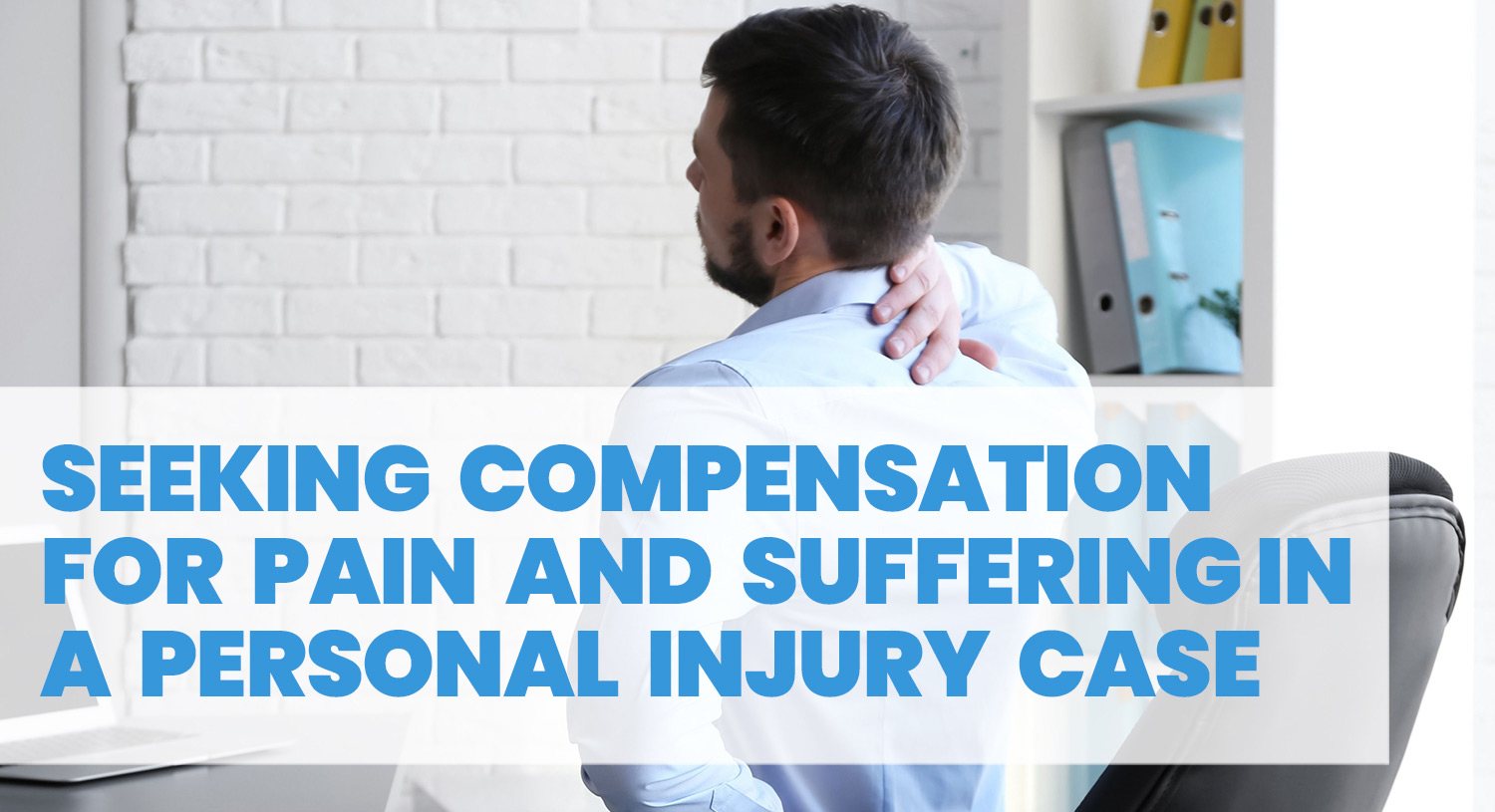When you’ve been injured due to someone else’s negligence, the impact often extends far beyond physical wounds. The emotional distress, mental anguish, and overall decline in quality of life that follow an injury are very real, and in a personal injury case, they’re referred to as pain and suffering. Unlike medical bills or lost wages, pain and suffering are categorized as non-economic damages, and compensation depends on the nature and severity of the accident.
Pain and Suffering Defined:
Pain and suffering encompass both the physical discomfort from the injury and the emotional toll it extracts on your life. This may include chronic pain, anxiety, depression, sleep loss, or even post-traumatic stress, depending on the nature of the incident.
For example, someone injured in a serious car accident may experience persistent back pain, but they might also develop a fear of driving or find it challenging to enjoy daily activities as they once did. All of these consequences are taken into account when evaluating a claim.
Proving Pain and Suffering:
Proving pain and suffering requires more than just stating you’re in distress. Documentation is crucial.
- Medical records: documents from visits with medical professionals, including physical therapy and mental health professionals, detailing the extent of your injury and its impact on your life.
- Provide a complete list of medications prescribed following the accident.
- Personal journals, photos, and testimony from friends or family members can all help build a compelling case. The more your suffering is documented and supported, the stronger your claim will be.
Calculating Pain and Suffering Damages:
The amount of compensation for pain and suffering varies widely depending on the specifics of each case. Factors like the severity of the injury, the length of recovery, the emotional impact, and how the injury affects your daily life are all taken into account. Every personal injury case is unique, and the damage calculations are subjective. In some cases, attorneys or insurance companies use a multiplier method, where the total economic damages are multiplied by a certain number between 1.5 and 5, reflecting the seriousness of the pain and suffering. For example, if a personal injury case’s actual damages are $20,000, and the judge used a multiplier of 4, the non-economic damages for pain and suffering total $80,000. In other instances, a per diem approach might be used, assigning a daily rate to the emotional hardship and calculating it based on the length of recovery.
Pain and suffering may be invisible on paper, but they are often the hardest part of recovery. Seeking fair compensation is not about profiting from your hardship; it’s about recognizing the full extent of what you’ve lost and providing you with the resources to move forward. If you have suffered a personal injury in an accident and have continued to endure pain and suffering, contact the Law Offices of Reginald Keith Davis for a confidential consultation. Let us advocate for the full compensation you deserve—not just for the costs you can quantify, but for the human toll your injury has taken.
Contact us now at kcklawer.com Phone: (913) 299-8789

